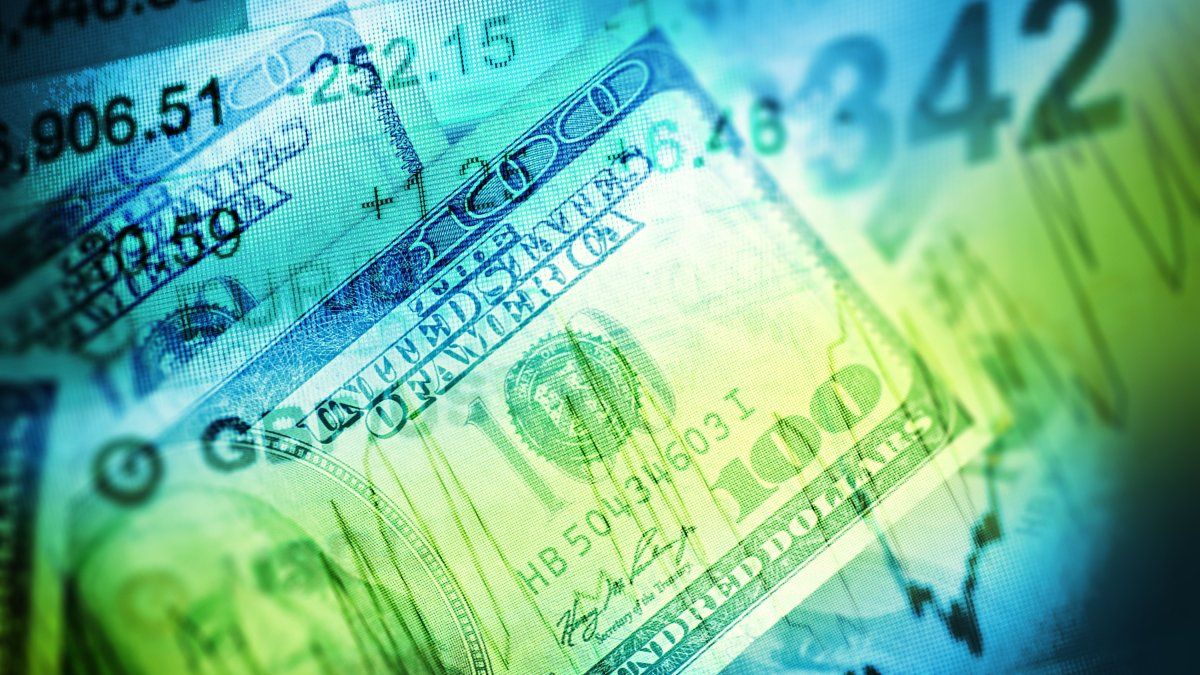Wine lovers and the wine industry in general have a new reference guide and tool: Reportelli of Argentine Wines 23/24. It’s about the first edition of a report, in digital format, prepared by the renowned sommelier and journalist specialized in wines Fabricio Portelliwith scores and descriptions that reflect the trends and evolution of Argentine viticulture through their criteria and palate.
Fabricio Portelli He graduated as a professional Sommelier in 2000 and since then he dedicated himself to specialized journalism. He tastes between 4,000 and 5,000 wines – mostly Argentine – per year, and has 25 years of experience behind him. He has specialized in Argentine wines, since he takes advantage of international wine tastings to understand the strengths and weaknesses of the national wine, and not to communicate the wines of other countries, beyond the fact that they represent a great contribution to his wine culture.
“This Reportelli on Argentine Wines comes at the right time in my career. Because although it is not the first of its kind, it finally allows me to put in order and in the same place many of the tastings that I carry out throughout the year. I have been communicating Argentine wine since 2000 and rating it since 2003. But there was a lack of a tool, such as reports, that is proven and is very useful to consumers most interested in the industry and to retailers. Also to wine professionals, to see how they are compared to others,” explains Portelli.
To prepare the REPORTELLI of Argentine Wines, Fabricio tasted more than 5,000 wines throughout the year and more than 1,500 labels specifically for this publication, of which more than 1,200 recommended and featured wines are included. If there are about 6,000 labels in Argentina, this report accounts for 20%, becoming a statistical sample and a consistent reflection of how Argentine wine is today. It should be noted that for the REPORTELLI of Argentine Wines the tastings were carried out between July and December 2023.
“The scores are a reference that provides clarity to the commentary. They seek to be the reflection of an opinion formed through 25 years of experience working in the industry,” says the sommelier author of Reportelli. “This does not mean that it is objective, but it does seek to reflect, with impartiality and consistency, the evolution of Argentine wine,” he adds.
The report selection was divided into three sections:
- Those wines that did not reach 90 points are included in the Recommended Wines chapter, and are evaluated using a scale of 1 to 5 “drinks”. These wines usually have a very good quality-price ratio, meaning that they give more than what they ask for.
- The Featured Wines are those that obtained 90 points or more, arranged in ascending and alphabetical order. Some labels such as “Smart Buys” also stood out here since there are outstanding aspects of these wines that do not necessarily have to do with quality.
- Elite Wines are those above 95 points. An elite wine is one that has reached a level that can only be surpassed by nature – the climate of the vintage – since the makers have already found the place and the best way to do it. “Once the wines reach this level, their score no longer matters; The differences are marked by subtleties, and the meanings of these subtleties can vary greatly between people,” says Fabricio.
Reportelli’s statistics on Argentine Wines
Varieties: The podium is largely dominated by Malbec – the most planted variety (46,491 hectares; 22.9% of the country’s total vineyard) and the reference chosen by Argentina – it has a presence of more than 500 wines between varietals (29%) and blends (14%). The second strain is Chardonnay, with 10% between varietals (7.3%) and blends (2.75%). Cabernet Sauvignon, with its more than 13,000 hectares, occupies third place with 9% of the wines (almost 7% of the varietals). Surprisingly, Cabernet Franc follows with 8% (varietals 7% and blends 1%), with a planted area that does not reach 2000 hectares. It is closely followed by Pinot Noir, which maintains its growing trend, with almost 8% of the wines. Merlot and Sauvignon Blanc appear at 3%, Torrontés, Bonarda, Syrah and Petit Verdot at 2%, and Semillon, Viognier and Sangiovese at 1%. There are more varieties that confirm the great diversity of Argentine wine; There are 27 strains that represent 5% of the number of wines tasted for the Argentine Wine Reportelli.
Origin: Increasingly important in wines and explains the growing appearance of place names (regions, subregions, vineyards and even plots) on labels. 81% of the wines in this report come from Mendoza, 53% from the Uco Valley, 24% from the First Zone, and the rest of the wines are distributed among other areas and wines made from grapes from different areas. Salta, with 7%, is in second place in terms of origin of the wines, followed by San Juan and Río Negro, both with 3%, and Neuquén, with 2%. Then in descending order, always speaking of the representation in the Reportelli of Argentine Wines, come Jujuy, La Rioja, Chubut, Buenos Aires, Córdoba, Catamarca and Tucumán closes.
Reportelli of Argentine Wines It is a digital publication of 515 pages. The annual subscription is made through [email protected] and its value is $25,000. It is a production of Vovation; editorial responsible for Los Buenos Vinos Argentinos, Elisabeth Checa’s guide, throughout its 15 editions; from Teatro Colón Magazine and books such as Renata Schussheim’s Epifanía, winner of the Best Art Book Award 2006, and Miguel Brascó’s last published novel El Prisionero. The book of illustrations by Hermenegildo Sabat Abstemios Abstenerse and the same teacher Function de Abono, with illustrations published in the Teatro Colón Magazine.
Source: Ambito
I am an author and journalist who has worked in the entertainment industry for over a decade. I currently work as a news editor at a major news website, and my focus is on covering the latest trends in entertainment. I also write occasional pieces for other outlets, and have authored two books about the entertainment industry.




